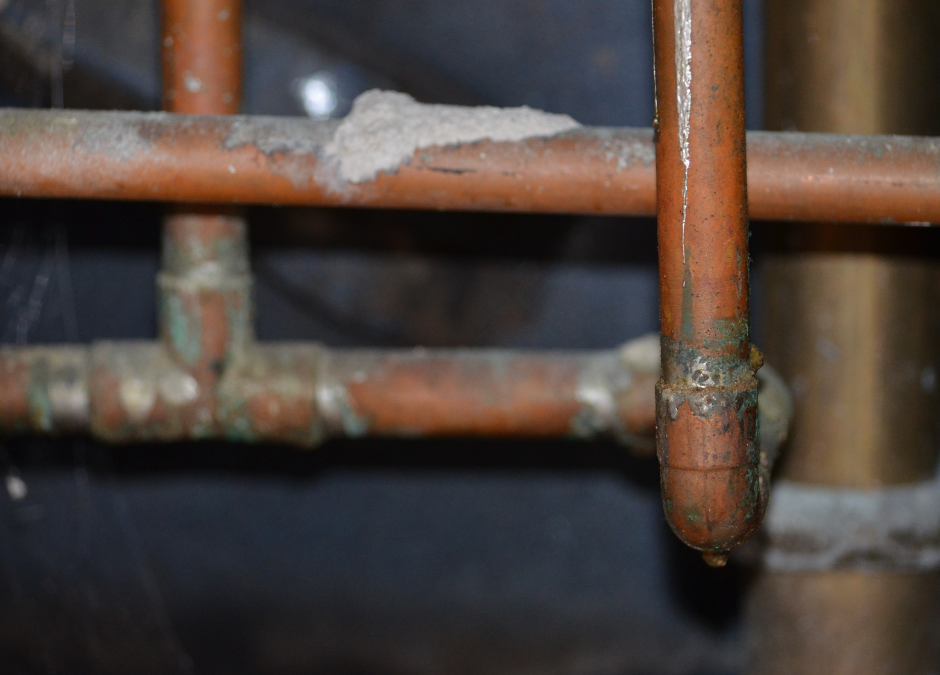In our previous blog, Burst pipes and much more, Bosman Plumbing introduced us to some interesting facts about plumbing’s history. Though some structures remain today. Very few are as complete and as breathtakingly beautiful as the Basilica Cistern in Istanbul was used to store water during hot summer months and supplied water to settlements during sieges and ongoing land occupation. The enlarged cistern provided a water filtration system for the Great Palace of Constantinople and other buildings on the First Hill. It continued to provide water to the Topkapı Palace after the Ottoman conquest in 1453 and modern times. Historians claim the first cisterns were constructed in the 3rd and 4th centuries.
The human and animal need for food, shelter and water is a universal built-in desire and necessity. With that in mind, water supply and sanitation are one of the first challenges we face when looking through history. And the need to provide clean water and sanitation systems has been part of civilization for a long time. It is well known that where water resources, infrastructure or sanitation systems were insufficient, diseases spread, and people fell sick or died prematurely.
Throughout history, human settlements could only develop where fresh surface water was plentiful. The population grew and flourished where people devised systems to get water into their communities and households and dispose of wastewater simpler or efficiently. A prime example of this would be Ancient Egypt and the settlements sprouting from the river Nile. Did you know that the Pyramid of Sahure, built in 2400 BC, and the adjoining temple complex at Abusir, was discovered to have a network of copper drainage pipes?
Historically sewage treatment was as basic as diverting wastewater to a natural body of water, e.g. a river or ocean. It would then be diluted and dissipated. Early humans often built next to water sources. An example of this can be seen as early as the Neolithic era, where humans dug permanent water wells. Wells dug around 6500 BC have been found in the Jezreel Valley. The size of human settlements was largely dependent on nearby available water.
Did you know that primitive indoor latrines can be seen in Skara Brae, a Neolithic village in Orkney, Scotland, dating back as far as 3180 BC–2500 BC?
Over the millennia, technology has increased the distances across which water can be relocated. Examples of these can be seen in the Bronze and early Iron Ages, ancient Greece, the Roman empires as well as China, Nepal and the Islamic world with their Taharah (ritual purity) involving performing wudu (ablution) for the five daily salah (prayers), as well as regularly performing ghusl (bathing).
Beautiful examples can be seen today in uncovered ancient Greek and Roman bathhouses, in the elaborately built Pont du Gard, a Roman aqueduct in France and Roman aqueduct Pont del Diable, Tarragona in Spain.
As industry experts with over 25 years of experience Bosman Plumbing will be able to assist with all your clogs and sanitation needs.
OPEN 24HRS a day for your plumbing emergency!

